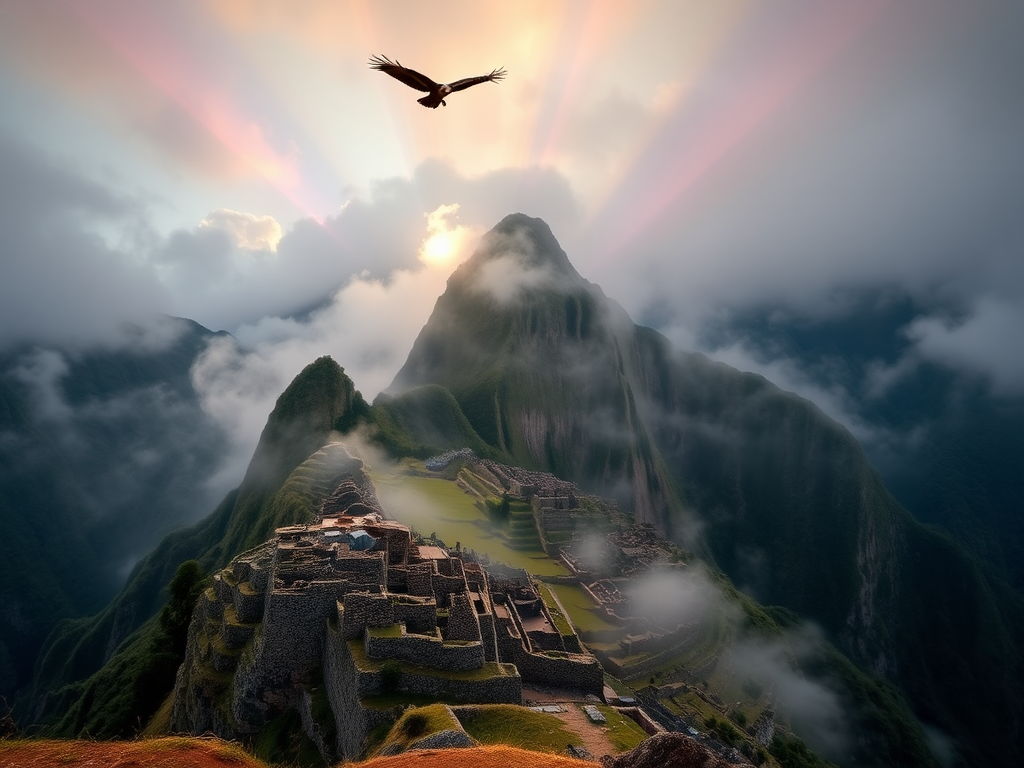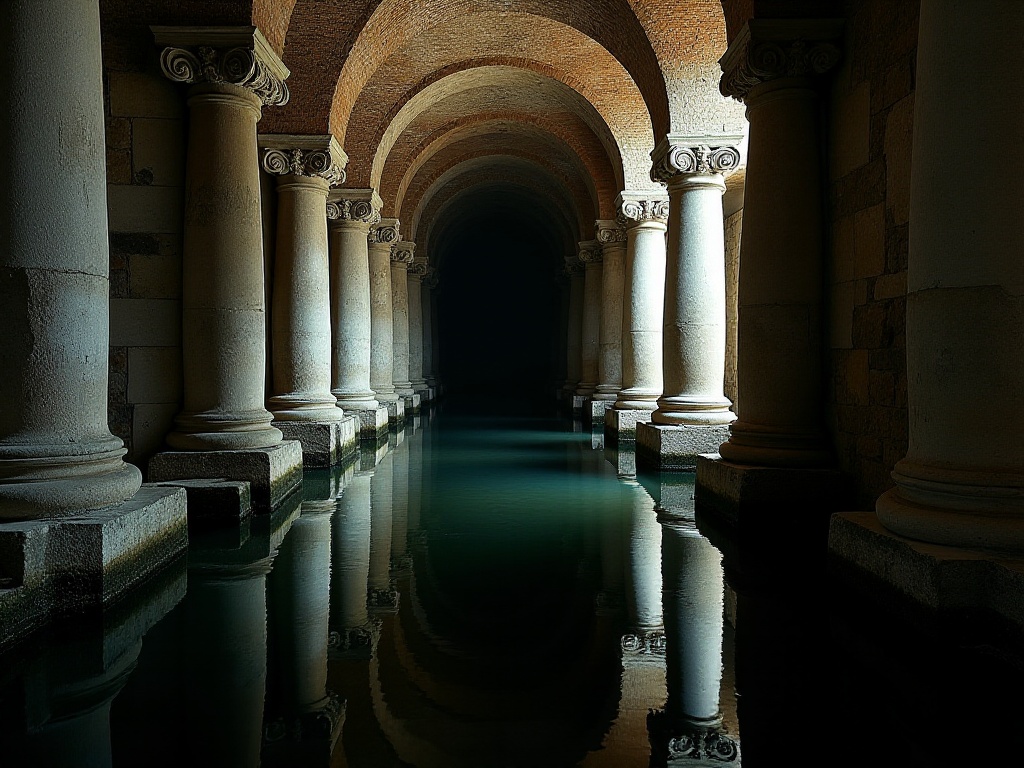Origins
Hey friends. Recently, I've visited many World Heritage sites and have been deeply moved by these treasures of human civilization. Today I want to share with you my observations and thoughts about World Heritage sites. Did you know? Each World Heritage site is like a thick history book, recording fascinating stories of human civilization.
The Beauty of Architecture
When it comes to cultural heritage, the most visible are those amazing buildings. I remember being completely stunned when I first saw the Dazu Rock Carvings in Chongqing. Those lifelike Buddha statues and exquisite carving techniques all demonstrate the wisdom of ancient craftsmen. Can you imagine how they created such delicate artworks on hard rocks without modern tools?
The Fujian Tulou is one of my favorite architectural heritage sites. The circular Hakka earthen buildings stand like giant "mooncakes" among green mountains and waters. Every evening, when smoke rises from kitchen chimneys, it feels like traveling back hundreds of years. These buildings are not just dwellings but complete living communities, reflecting traditional Chinese family culture.
I've been to Safranbolu in Turkey, a well-preserved Ottoman-style ancient town that captivated me. Streets wind along the mountainside, wooden houses stack layer upon layer, and every corner holds surprises. What touched me most was that people still live here, perfectly blending the ancient with the modern.
Linear Heritage
Speaking of linear heritage, I must mention the Canal du Midi in France. This artificial canal, built in the 17th century, spans 240 kilometers connecting the Mediterranean Sea and the Atlantic Ocean. Can you believe this project was considered impossible at the time? But human wisdom and determination overcame all difficulties, creating this "Water Silk Road."
Last year, I experienced Switzerland's narrow-gauge mountain railways, which was definitely an unforgettable journey. The train winds up steep Alpine cliffs, passing through countless tunnels and bridges. This railway is not just an engineering marvel but also a link between different cultures.
Landscape Heritage
The Nord-Pas de Calais Mining Basin in northern France left a deep impression on me. This was once Europe's most important coal mining region, and today its mines and industrial buildings tell the story of the Industrial Revolution. Although the mines have long ceased operation, this landscape witnesses humanity's journey of transforming nature.
Argentina's Quebrada de Humahuaca is another type of landscape. Its colorful hills are like a palette, combined with Incan terraces and villages, creating a unique cultural landscape. Every time I think of the sunset there, I marvel at nature's masterful work.
Archaeological Sites
Regarding archaeological sites, I recently visited several large settlement ruins. These sites are like open history books, telling us how our ancestors lived. Through excavated artifacts and architectural remains, we can reconstruct the social landscape of that time.
Urban ruins are particularly fascinating. At one ancient city site, archaeologists told me that just from the excavated street planning, you can see the wisdom of ancient people. Have you ever thought that city planning from thousands of years ago might be more scientific than some modern cities?
Methods of Protection
Site museums are important ways to protect cultural heritage. I've visited many site museums, and what impressed me most is that they not only protect the artifacts themselves but also recreate historical scenes, giving visitors an immersive experience.
For example, some museums use advanced multimedia technology, including virtual reality, to let visitors experience ancient life. Standing there, you feel like you've traveled through time to see prosperity from thousands of years ago.
Future Prospects
Protecting cultural heritage is an ongoing project. I often wonder, in today's rapidly developing technology, how should we balance development and protection? Perhaps the answer lies in helping more people understand the value of these heritage sites and participate in their protection.
Friends, next time you travel, why not slow down and carefully experience the charm of these cultural heritage sites? They are not just witnesses to the past but also inspiration for the future. Which cultural heritage sites are your favorites? Feel free to share your stories in the comments.
(Note: This article represents personal views and experiences. For more professional information about World Heritage sites, please refer to UNESCO's official materials.)







